As I explained in my latest POLE SHIFT book (and in End Times and 2019) Dr. Paul LaViolette’s galactic superwave data suggests a cycle of outbursts from our normally inactive galactic center may be the trigger for pole shifts every 13,000 years – and this research paper seems to support such an idea.

As the abstract for the scientific research paper (HERE) states:
“We examined the timing of 11 eruptive events that produced silica-rich magma from four volcanoes in Japan (Mt. Fuji, Mt. Usu, Myojinsho, and Satsuma-Iwo-jima) …Nine of the 11 events occurred during inactive phases of solar magnetic activity (solar minimum), which is well indexed by the group sunspot number. This strong association between eruption timing and the solar minimum is statistically significant to a confidence level of 96.7%.
This relationship is not observed for eruptions from volcanoes with relatively silica-poor magma, such as Izu-Ohshima. It is well known that the cosmic-ray flux is negatively correlated with solar magnetic activity, as the strong magnetic field in the solar wind repels charged particles such as galactic cosmic rays that originate from outside of the solar system. The strong negative correlation observed between the timing of silica-rich eruptions and solar activity can be explained by variations in cosmic-ray flux arising from solar modulation.
Because silica-rich magma has relatively high surface tension (similar to 0.1 Nm(-1)), the homogeneous nucleation rate is so low that such magma exists in a highly supersaturated state without considerable exsolution, even when located relatively close to the surface, within the penetration range of cosmic-ray muons (1-10 GeV). These muons can contribute to nucleation in supersaturated magma, as documented by many authors studying a bubble chamber, via ionization loss. This radiation-induced nucleation can lead to the pre-eruptive exsolution of H2O in the silica-rich magma.
We note the possibility that the 1991 Mt. Pinatubo eruption was triggered by the same mechanism: an increase in cosmic-ray flux triggered by Typhoon Yunya, as a decrease in atmospheric pressure results in an increase in cosmic-ray flux. We also speculate that the snowball Earth event was triggered by successive large-scale volcanic eruptions triggered by increased cosmic-ray flux due to nearby supernova explosions. (C) 2010 International Association for Gondwana Research. Published by Elsevier B.V. All rights reserved.
Explosive volcanic eruptions triggered by cosmic rays: Volcano as a bubble chamber | Request PDF. Available from: https://www.researchgate.net/publication/234022172_Explosive_volcanic_eruptions_triggered_by_cosmic_rays_Volcano_as_a_bubble_chamber [accessed Jul 17 2018].
Imagine the effects on the magma just below the Earth’s crust, and how much liquification could facilitate the crust sliding – after a much more massive event, possibly with billions of times more cosmic rays, from a galactic center outburst. I am not alone in assuming this could trigger a pole shift.
[youtube https://www.youtube.com/watch?v=EpDZugMVKVw&w=854&h=480]
